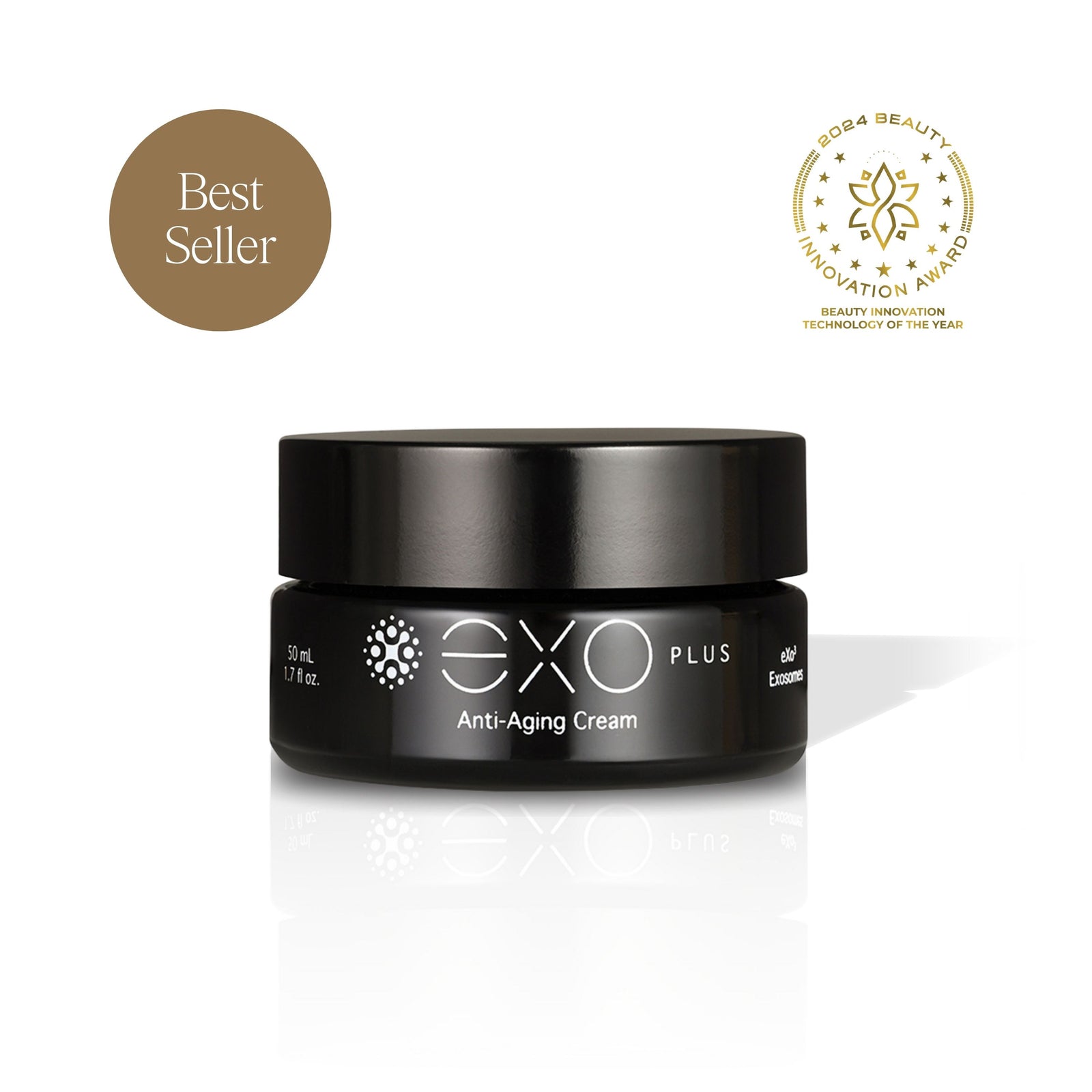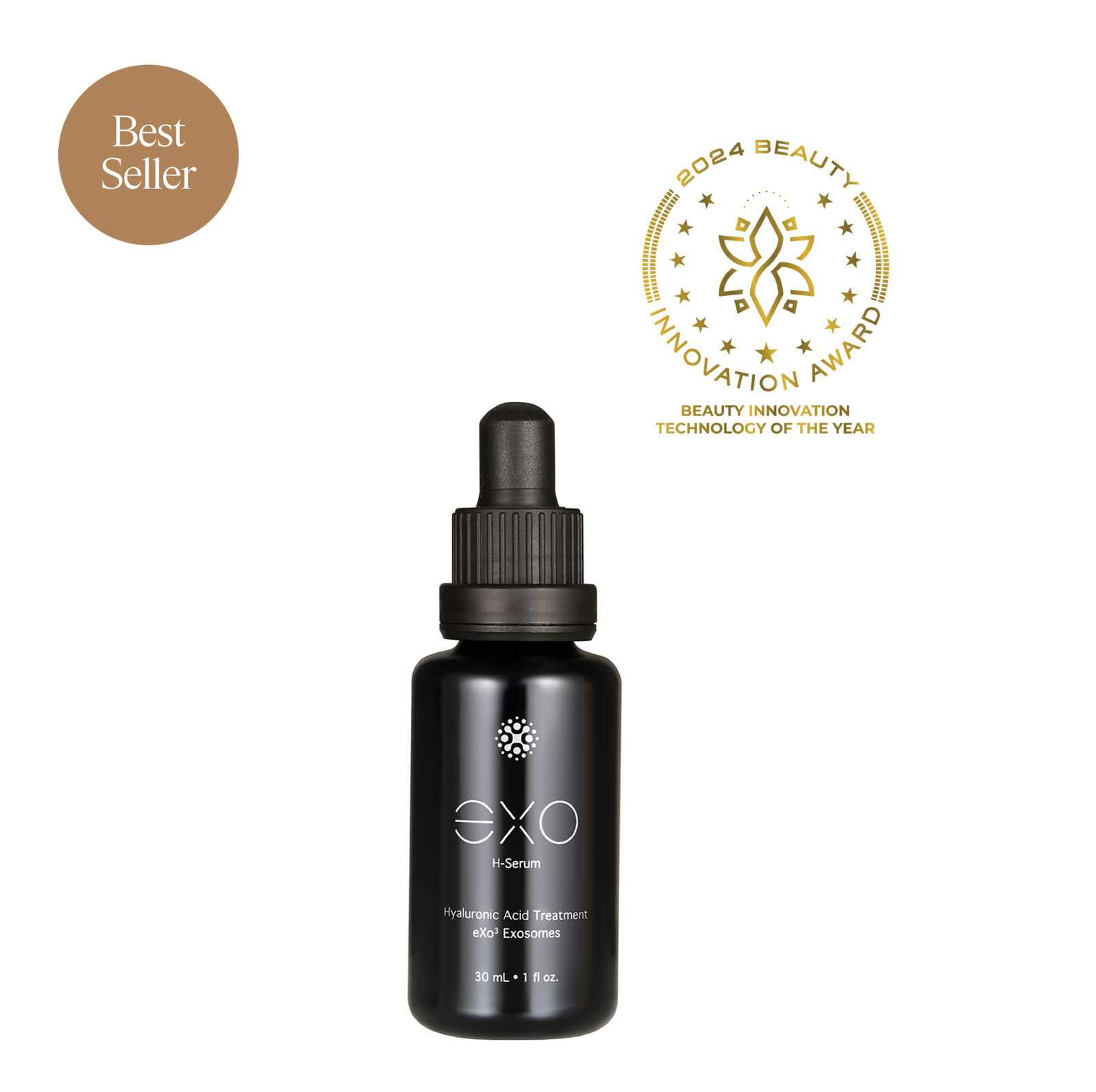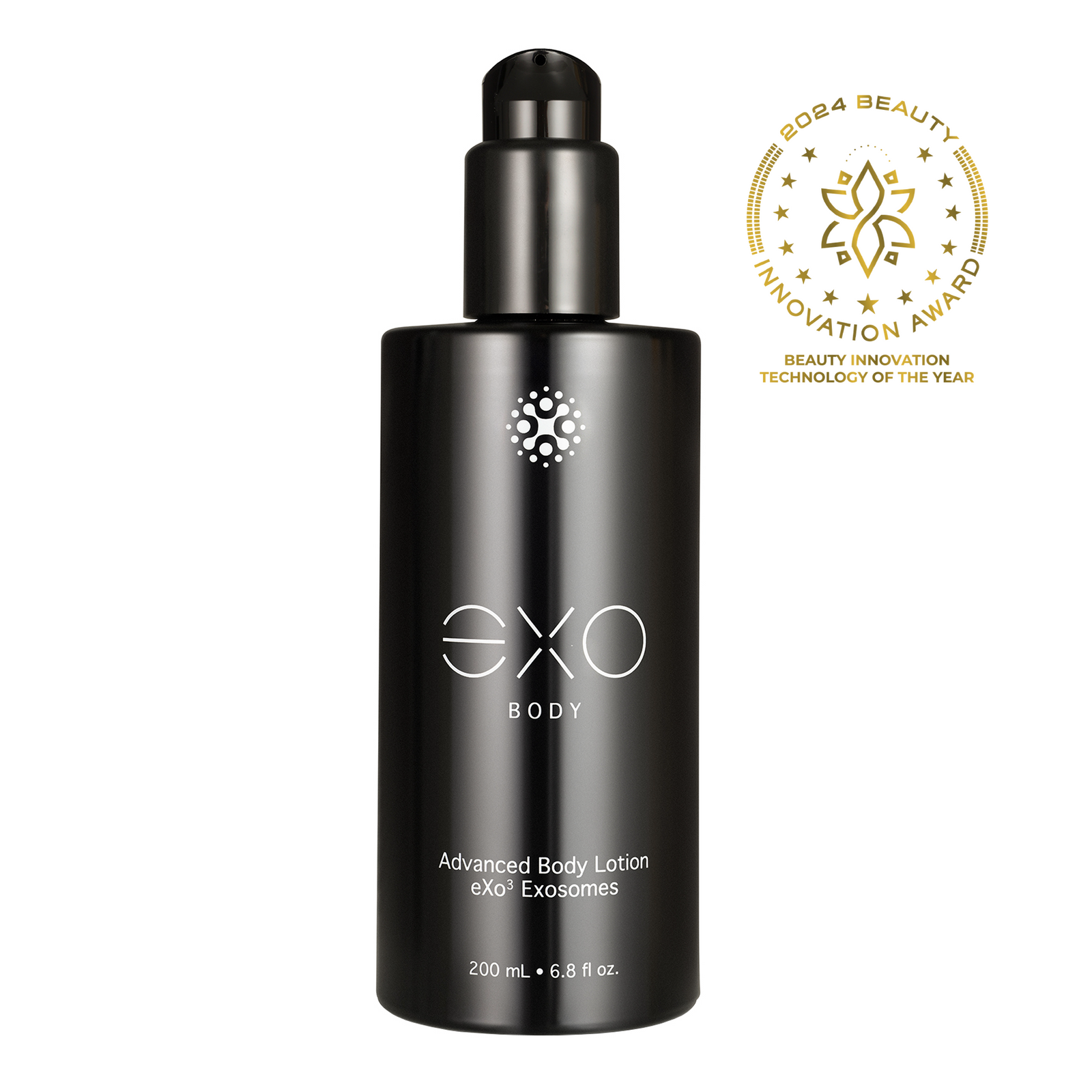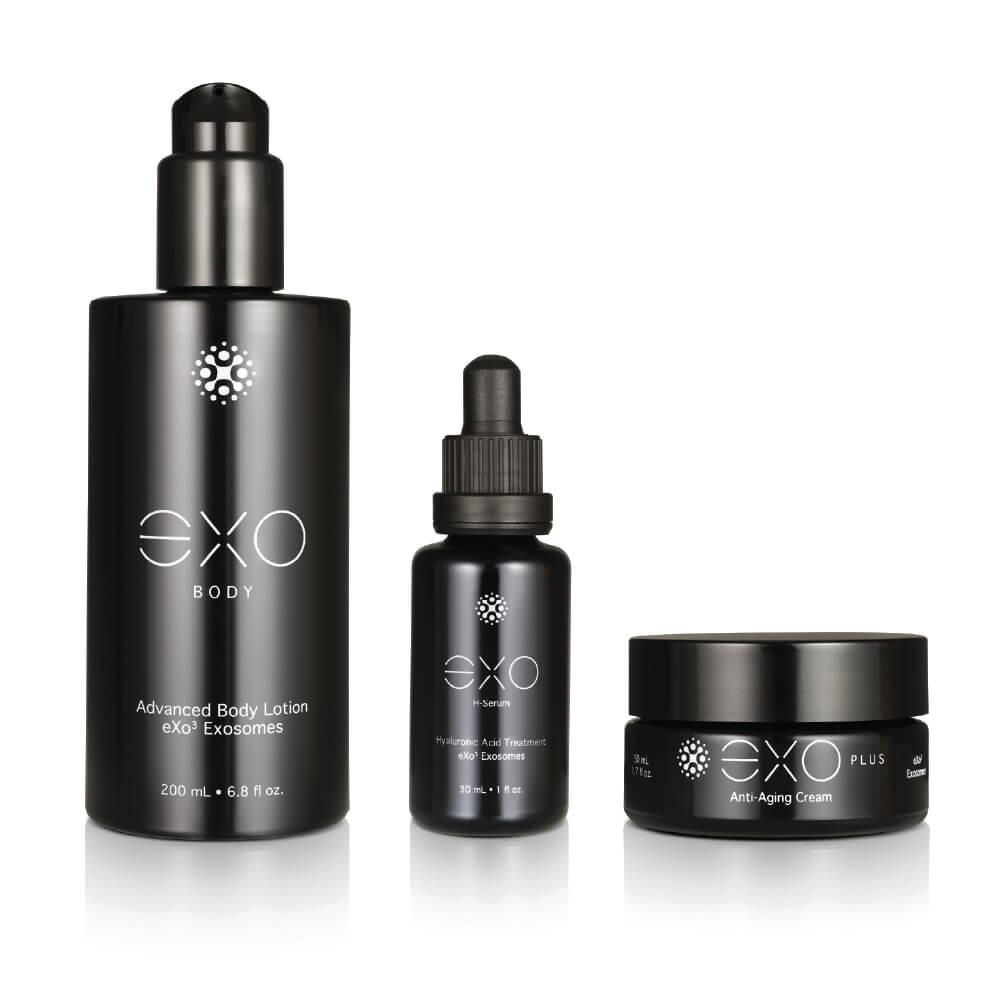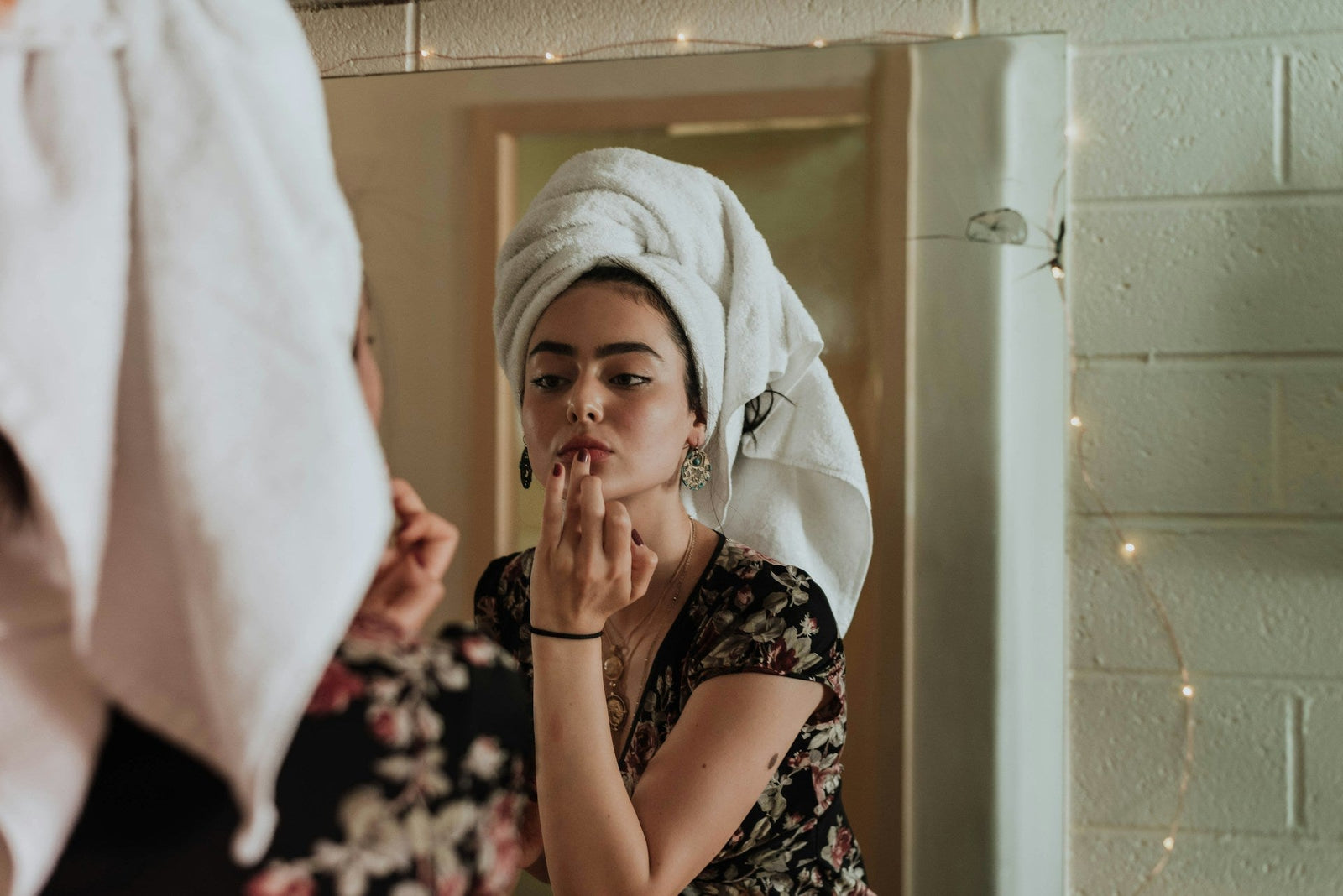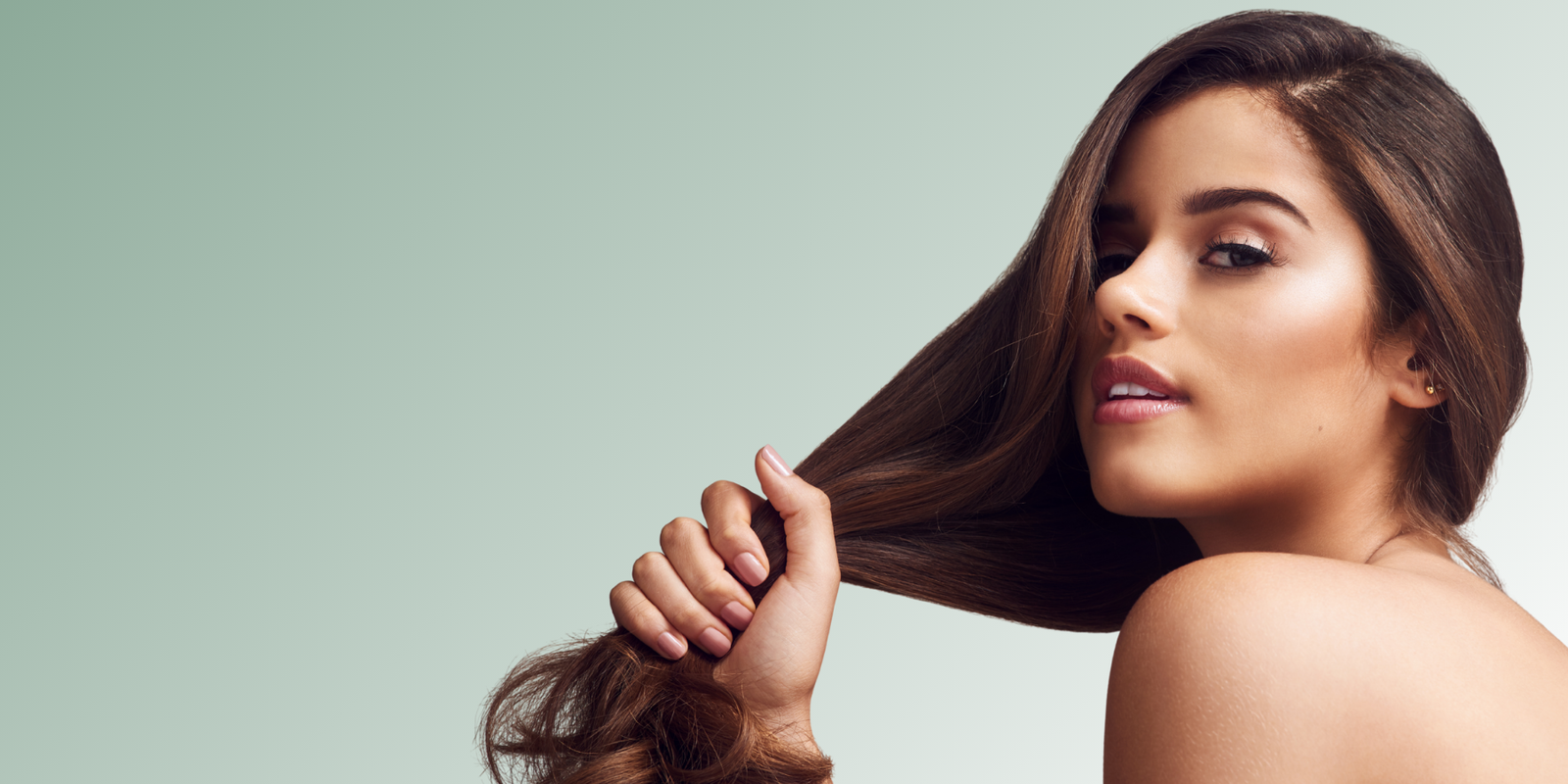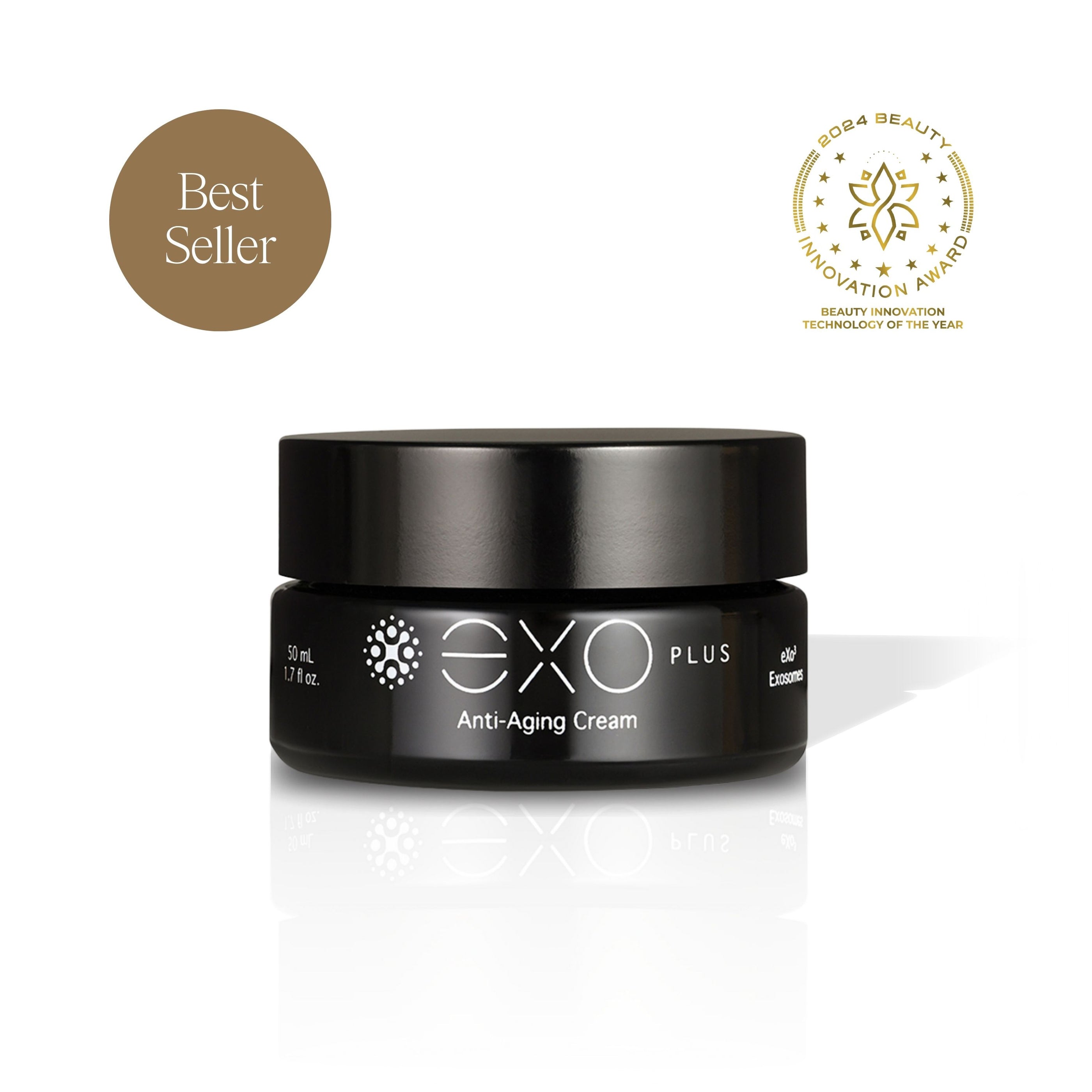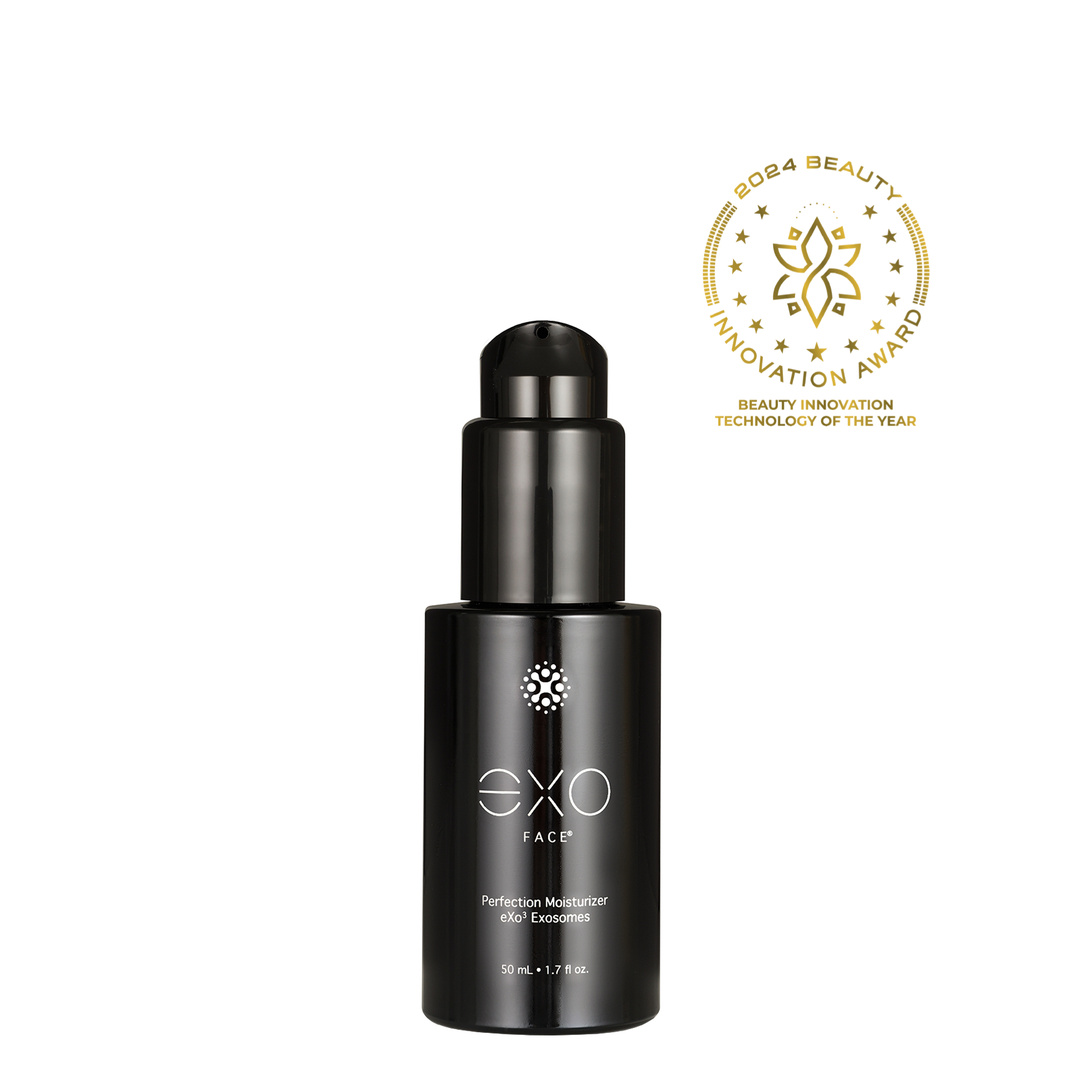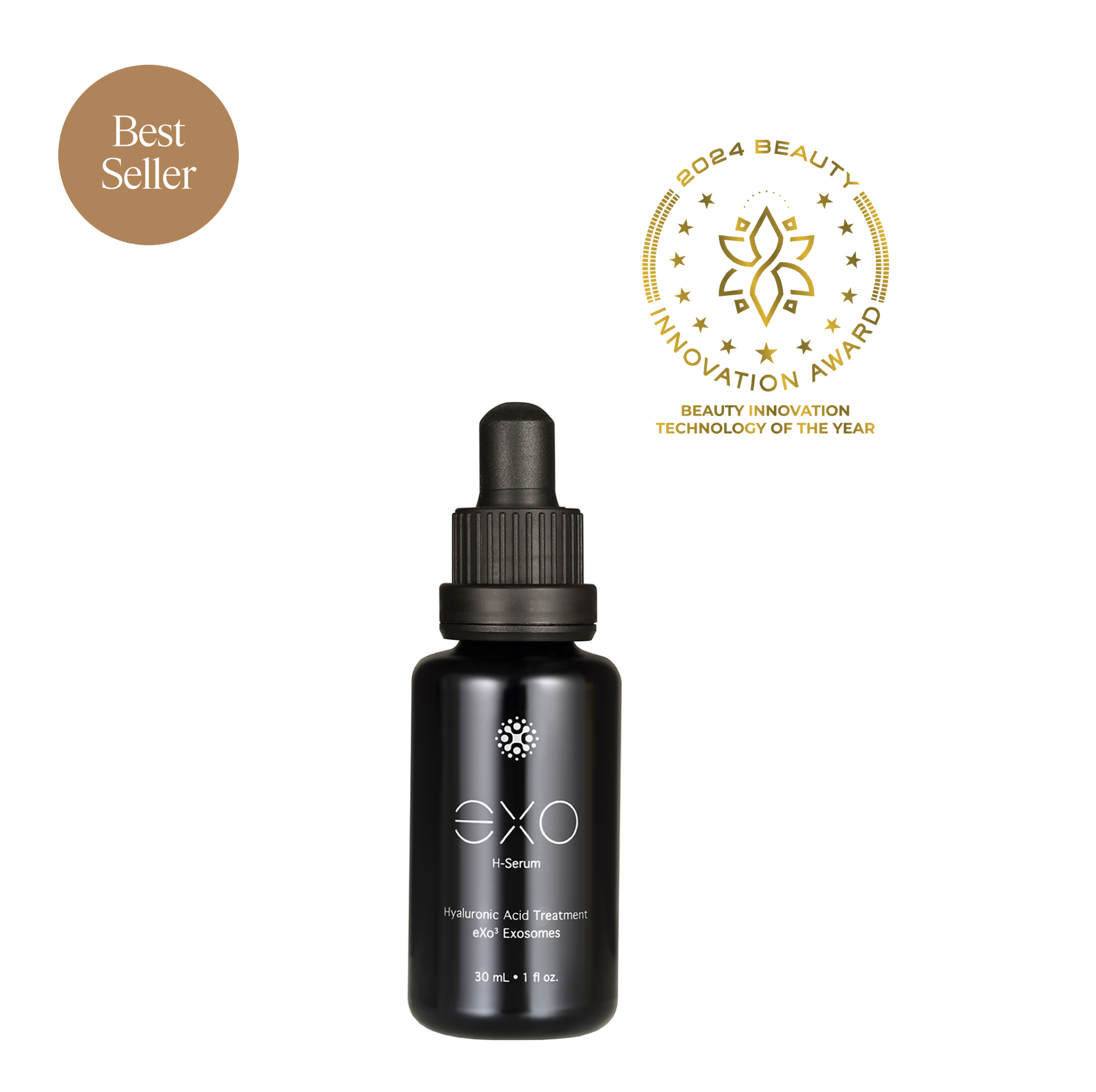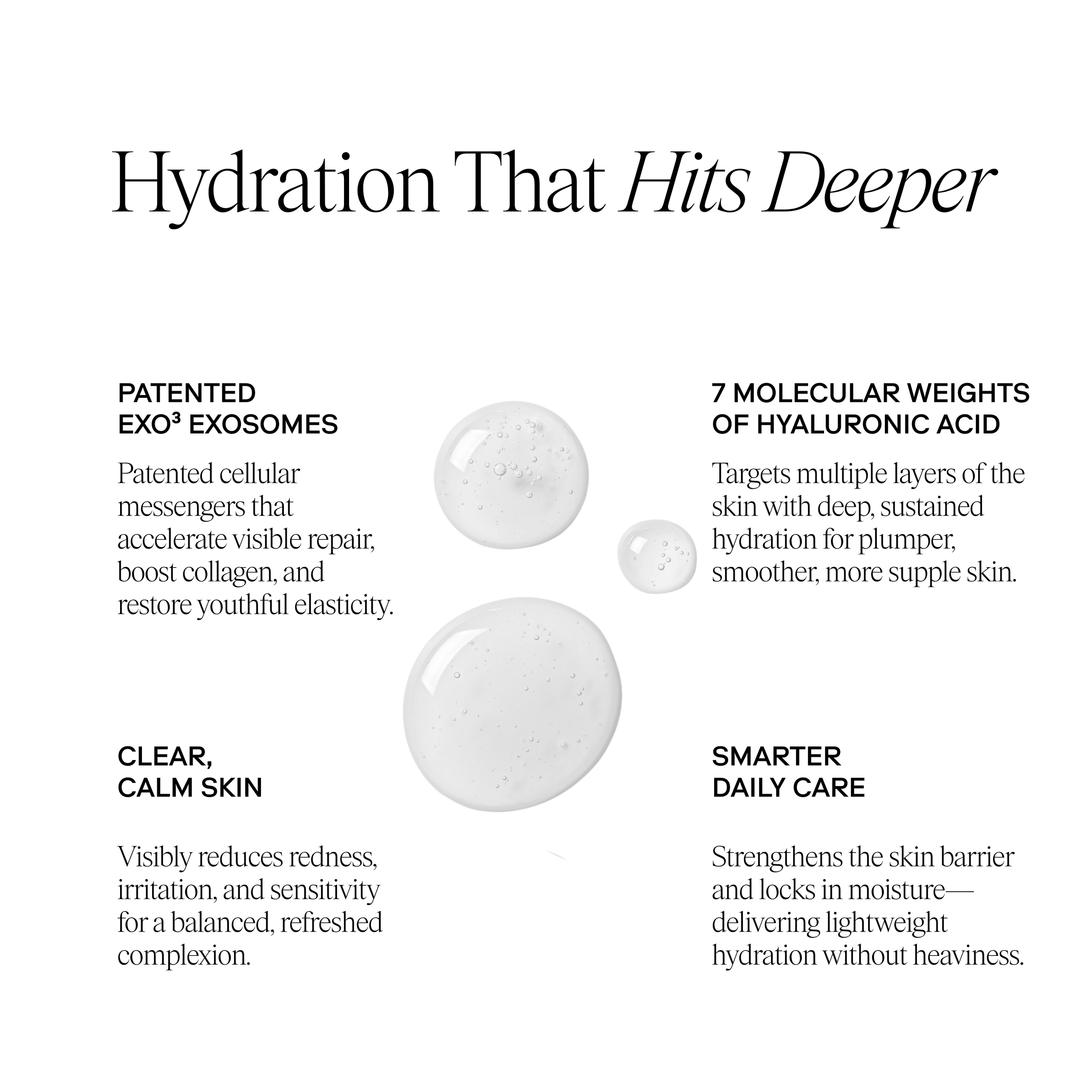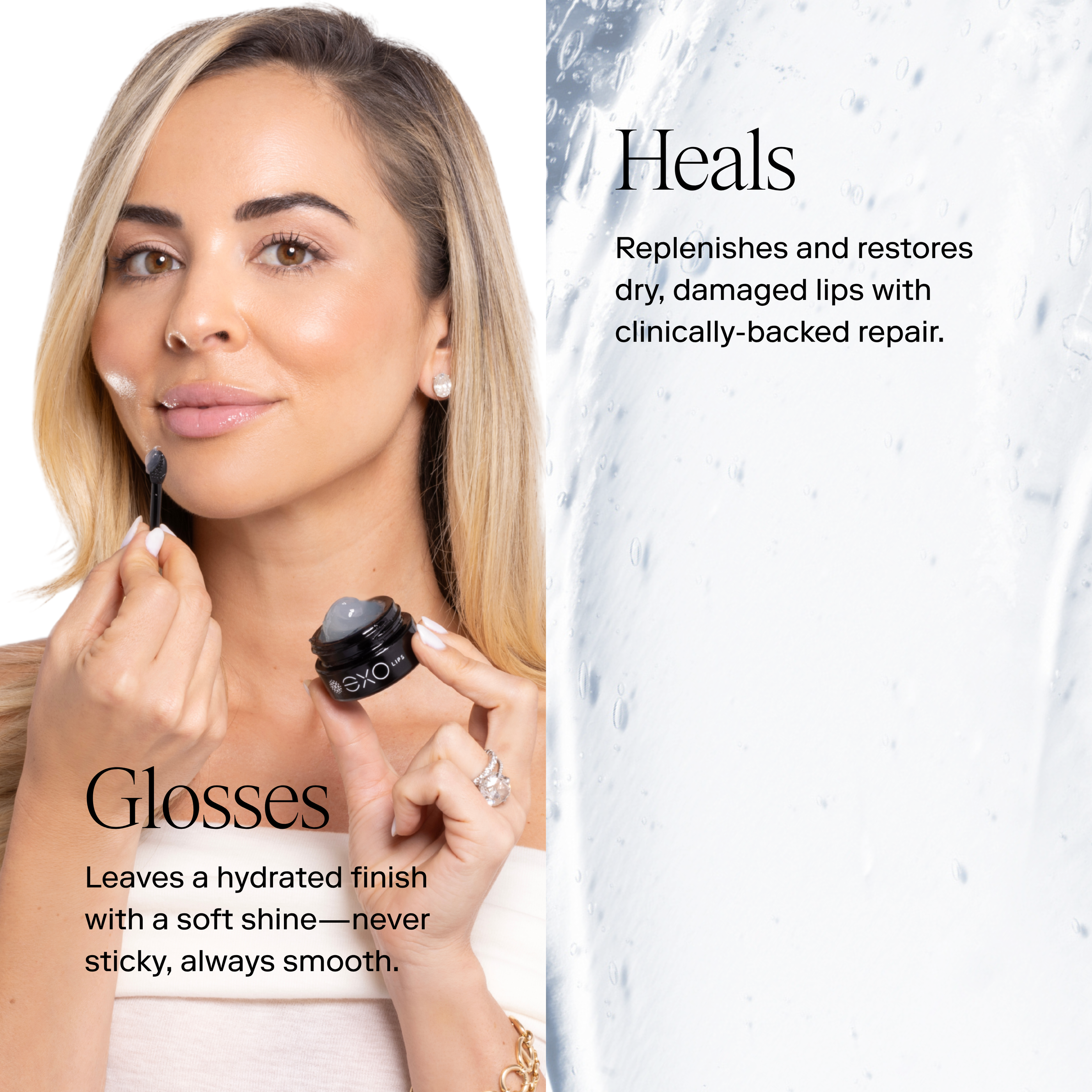In recent years, the beauty community has witnessed a surge in interest surrounding cold therapy in skincare routines. From ice rollers to cryotherapy facials, the benefits of incorporating cold temperatures into skincare have become increasingly apparent. However, timing is crucial when it comes to maximizing these benefits.
The Science Behind Ice in Skincare
Cold therapy, or cryotherapy, works by constricting blood vessels and reducing inflammation in the skin. This process, known as vasoconstriction, is followed by vasodilation when the skin returns to normal temperature, promoting increased blood flow and oxygen delivery to skin cells. This cycle can help reduce puffiness, minimize the appearance of pores, and create a natural, healthy glow.
Morning Ice Therapy: Awakening Your Skin
Starting your day with ice therapy can provide numerous benefits for your skincare routine. The cold stimulus helps reduce morning puffiness, particularly around the eyes and cheeks, while simultaneously increasing blood circulation to create that coveted morning glow.
Morning ice therapy is particularly effective when combined with vitamin C serums and other antioxidant-rich products, as the cold temperatures can help seal in these active ingredients while providing an invigorating start to your day. The premium Crystal Ice Roller, with its unique thermal-reactive properties, is especially effective for morning use.

Evening Ice Therapy: Recovery and Renewal
Nighttime ice therapy serves a different but equally important purpose. After a day of environmental exposure and stress, evening cold therapy can help calm inflammation and prepare your skin for its nighttime renewal process. The cold temperature can help soothe irritated skin and reduce the appearance of redness.
For optimal results, consider incorporating ice therapy after cleansing but before applying your evening skincare products. This allows for better product absorption and enhanced benefits from your nighttime repair creams and serums, particularly those containing retinol or peptides.

Best Practices for Ice Therapy
When incorporating ice into your skincare routine, remember these essential guidelines:
- Never apply ice directly to your skin - always use a proper tool or wrap ice in a clean cloth
- Limit ice therapy sessions to 1-2 minutes per area
- Move the ice in gentle, upward motions
- Stop immediately if you experience any discomfort
- Always follow with appropriate skincare products to lock in benefits
Special Considerations and Timing
While both morning and evening ice therapy offer unique benefits, certain skin conditions may influence optimal timing. Those with rosacea or sensitive skin might prefer evening applications when skin reactivity is typically lower. Conversely, individuals dealing with morning puffiness might find greater benefits from morning sessions.
Enhancing Your Ice Therapy Results
To maximize the benefits of ice therapy, consider using specialized tools designed for cold therapy application. Advanced cryotherapy tools, particularly those made with medical-grade stainless steel or crystal, maintain optimal temperatures longer and provide more consistent results than traditional methods.
These tools, when paired with high-performance serums and creams, can significantly enhance the overall efficacy of your skincare routine. Look for products containing ingredients like hyaluronic acid, niacinamide, and peptides, which work synergistically with cold therapy to promote skin health.
The Future of Cold Therapy in Skincare
As research continues to emerge about the benefits of cold therapy in skincare, we're seeing innovative developments in both at-home and professional treatments. The latest generation of cryo tools combines traditional cold therapy with modern technology, offering more targeted and effective treatments than ever before.
Conclusion
Whether you choose morning, evening, or both for your ice therapy routine, the key is consistency and proper technique. By understanding the unique benefits of each timing option and following best practices, you can effectively incorporate this powerful skincare tool into your daily routine for optimal results.
Remember that skincare is personal, and what works best for one person may not work for another. Listen to your skin, adjust your routine accordingly, and consult with skincare professionals when needed to develop the most effective regimen for your specific needs.

